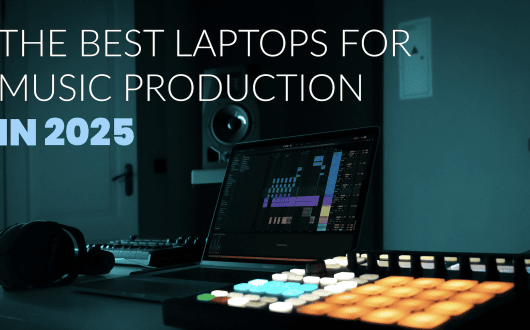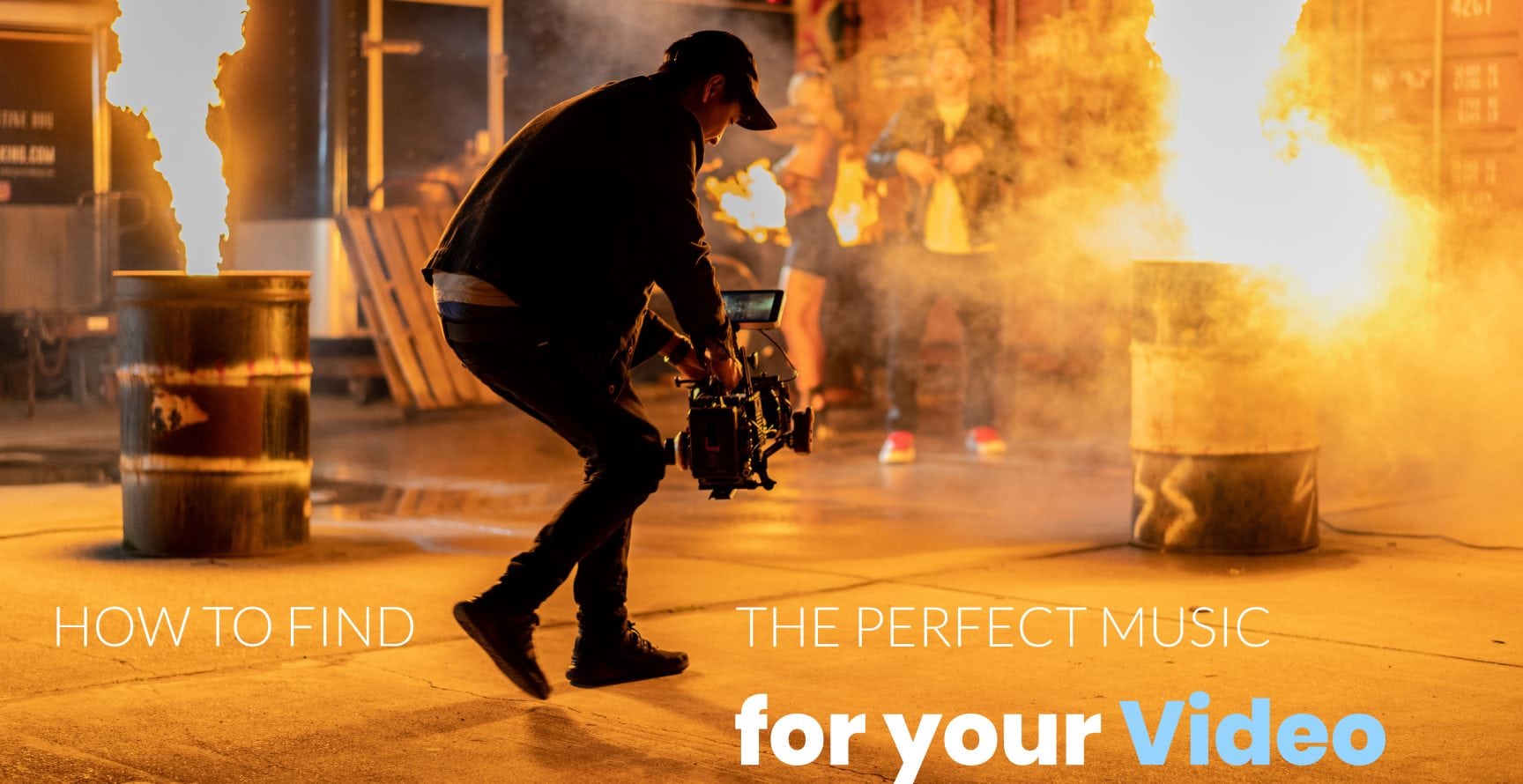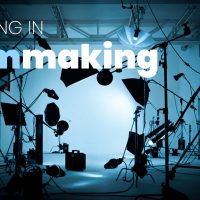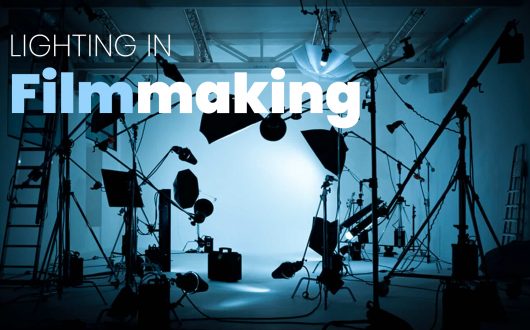
The Audio Buzz Blog

How to Find the Perfect Music for your Video?
Finding the perfect music for your video is never simple but it’s not impossible. There are a lot of things you have to consider before you even think about musical styles and genres. Understanding how viewers will relate to your content and the relationship between music and emotion is vital. We have put together some info and useful guidelines to help you better understand everything you need to find the perfect soundtrack. We even have a unique video preview tool to help you test different tracks against your video before you buy.
Why is Music so Important in Video?
Music in video can do many things. It can create an atmosphere; reinforce emotional narrative; introduce character personality traits, etc.
When choosing music for your video you must get it right, otherwise, all of your previous hard work could go down the drain.
To give you an example, imagine a heartwarming scene that is meant to win the audience over.
Now imagine that same scene with some obnoxiously loud death metal playing. Are you still enjoying the heartwarming ambiance or are you wondering why that music is playing?
That’s an extreme example but it demonstrates how the wrong music can take all meaning out of a powerful scene.
The right music will accentuate whatever emotion is being portrayed in the video. It can also act as a trigger, which is why music is so important in advertising and promotion.
How many times do you hear a song that immediately makes you think of a movie scene or a commercial? The answer is most likely a lot!
It’s almost impossible to hear the song Take my Breath Away by Berlin without picturing the movie Top Gun.
You could argue that death metal being played over a heartwarming scene would be memorable, and you’d be right, but it would be memorable for the wrong reason. Viewers will just remember the music being out of place.
The right music however, will help them remember your video and its message.
Music and Emotion
Music is the most powerful art form when it comes to evoking our emotions.
It’s believed that music can evoke the full range of human emotion, making us feel happy; sad; tense; empowered; and so on.
Video and certain artwork can leave a visual impression, but with music, people tend to also remember where they were and how they felt when they heard it. It has a much more profound effect on our emotions.
For centuries now, researchers have explored the positive mental benefits of listening to music.
Studies show that listening to upbeat music can make you feel happier and more positive.
By that same logic, sad songs can negatively affect your outlook. The key is how you relate to the music on a personal level.
A sad song can trigger painful memories, leaving the listener feeling sad and down.
That same sad song could leave another listener feeling optimistic and hopeful in the knowledge that someone else has shared their struggles.
This is why music is often used in therapy and when used correctly, music has the power to influence a person’s state of mind.
And as mentioned earlier, the right music in video can accentuate the emotion already in the scene.
These are psychological examples but that emotional connection can lead listeners to take physical action.
Music can inspire and motivate us, and even help convince us to make a purchase.
Research shows that consumers respond much better to ads when music connects well to the content/story.
Consumers, on average, also spend far more time in stores that have music playing than they do in stores without music – leading to more sales.
You might be thinking what does this have to do with my video???
The answer is that viewers want to connect with your content. They want to feel different emotions.
It’s your job to take them on that journey.
Before you can think about choosing music for your video there are some important things to consider.
You’ve probably covered the following areas when creating your video, but you should go through them again when choosing music.
What is your Content about and What’s it’s Purpose?
The type of content is the foundation of your video.
This could be a feature film, documentary, news report, tutorial, promotional video, etc.
The purpose of your video is the most basic explanation of what the viewer will gain from watching it.
Based on the examples above, here are some common purposes:
- To entertain
- To raise awareness
- To inform
- To teach / educate
- To sell a product / service
The purpose of your video doesn’t have to directly dictate the mood or tone.
For example, a video that’s meant to entertain could be meant to make people feel happy or sad.
What is the End Goal of Your Video?
Whether your video is intended to raise awareness, sell a product/service, inform or entertain, it must have a clear end goal.
In basic terms, you have to answer this question – What do you want the viewer to do after they watch your video?
A good video should be engaging and lead the viewer to take action.
Action, in this case, could be anything from just watching the video again to making a purchase.
Being clear about your end goal will help you better identify your target audience (We will expand on this further).
Here are some examples of clear end goals:
- To gain views
- To gain subscribers/followers
- To generate website traffic
- To generate sales leads
- To educate others / spread awareness
Those are good examples because they drive the viewer towards a specific action – to click something, practice something, or share something.
It’s easy to think “I just want to make a great video and not worry about this stuff” and that’s fine, you might get lucky and go viral.
But if we look at YouTube as an example, very few videos go viral by accident anymore.
The reality is that most of them start with a clear goal and create content specifically tailored to that goal.
Remember, the smallest viewer action is a potential revenue stream.
Know your Audience
Knowing your audience goes much deeper than saying comedy fans watch funny videos and sports fans watch football videos.
You need to understand who your audience is and where they are coming from before you can figure out how to reach them.
Identifying your target audience can play a huge part in choosing suitable music for your video.
The first thing you should consider is the average age of your expected viewers.
You may feel your video is suitable for viewers of any age but if the majority of your viewers are over 50 years old then you probably don’t want to have a techno soundtrack.
Similarly, if the majority of your viewers are under 18 years old then you don’t want to have a Dixieland Jazz soundtrack.
Even if you want to engage viewers of all ages, the same logic applies and you don’t want to choose music that may alienate a part of your audience.
Platforms like YouTube will show certain types of content that is watched more by a specific gender.
The type of content you create may give you an indication of which gender is more likely to engage with your video.
In turn, this will give you some indication of what style of music your audience will relate to most.
Of course, these are generalizations and there are exceptions.
Any gender can enjoy any style of content or genre of music. It’s about trying to maximize viewer engagement.
The location of your viewers could also be important if your video content is area specific. Some genres may be less relevant in certain areas.
Identifying your audience isn’t an exact science but identifying your video’s most likely demographics is important.
Now that you have a good idea of who will watch your video and why, you can use that information to choose music your target audience will relate to.
You can start to focus on matching the music to the content of your video.
What is the Mood/Tone?
When we talk about the mood or tone of your video, we are referring to the emotion that your video is trying to capture and the emotion you’d like the viewer to feel.
Music is all about tension and release, there has to be a journey in order to connect with the listener.
If the music doesn’t connect to your scene, it will never connect with the audience.
Do you want your video to be funny, sad, inspiring, scary, intense, etc.
Once you establish the mood, you need to find music that that will drive that emotion further.
Defining the mood of your video won’t leave you with an easy choice because there will always be more than one suitable piece of music.
What it should do is help you eliminate unsuitable music and start working on a shortlist of the best options.
Which Musical Genre is Right for my Video?
Different musical genres are often associated with different types of scene.
You can go even deeper and pick out specific chords that are said to trigger certain emotions – Major 7th chords create a feeling of joy or contentment while augmented chords can create a feeling of suspense.
Here are some of the most common musical genres heard in video and the most common ways they are utilized.
Rock Music
Rock music is commonly associated with action scenes.
In a busy action scene, rhythm is usually more important than harmony because it mimics the motion of the scene.
Rock works well with action scenes because it drives forward more than any other genre.
This doesn’t need to mean a fast tempo, it just means that feeling of building momentum to a climax.
Rock music is generally more aggressive than most other genres, increasing adrenaline in the viewer which connects them to the action more.
Take a listen to the use of some classic prog-rock in the movie Baby Driver:
Classical & Jazz Music
These genres are often used in scenes that are peaceful and reflective.
These kinds of scenes often rely on harmony to encourage emotion from the viewer.
The music is often very minimal to allow the scene enough space and not confuse the message.
There are so many variations here from relaxing classical piano to chaotic free jazz that make them suitable for many types of scenes.
More complex tracks are often used in scenes of chaos, confusion, or racing against time.
We are using the terms classical and jazz loosely to cover a wide range of contemporary instrumental music.
Director Woody Allen is a master of using classical and jazz music in just the right places.
The opening scene to his movie Manhattan is a prime example of a character reflecting on his life and surroundings to the sound of Gershwin’s Rhapsody in Blue.
Soul and R&B Music
These genres take their roots from old spirituals or what would even be called slave songs, like Wade in the Water.
Through time, that progressed to blues and jazz music, spawning lots of popular sub-genres that are popular today.
Music born of oppression, struggle, and poverty works great in scenes that either want to show hard times or empowerment.
This works across multiple types of scenes, from dealing with life or death issues to an inspirational story about a sports team.
Sam Cooke’s classic song A Change is Gonna Come fits perfectly in the movie Malcolm X depicting oppression, struggle, inspiration, and perseverance.
What Time is it?
For most videos, you’ll be using music with a 4/4 time signature, four beats in every bar.
But different time signatures are very useful for certain scenes.
Here is a great tip! Music that has a 7/8 time signature is fantastic for chase scenes.
The reason it’s so good for chase scenes is that with seven beats in every bar it feels like it never resolves.
Most viewers subconsciously expect the music to have an even number of beats in each bar.
When it has seven beats in each bar it adds to the anxiety of the chase because it feels like there is no break, no chance of escape.
The soundtrack to the movie Terminator 2 is a great example of experimenting with odd time signatures and even having imperfect time.
In this famous chase scene, the music feels like it is falling forward and literally chasing the action.
What is the Job of the Music?
As we’ve already covered, music accentuates the emotion already displayed in the video.
This can be done in different ways and it’s important to make sure everything is in its right place.
Music can take the lead or play a secondary role.
If you have a scene with a lot of dialogue then it would be more appropriate for the music to fill space in the background.
If there is little or no dialogue, then music can take the lead and influence the viewers in a more direct way.
When adding music to your video, keep in mind it doesn’t have to stay at the same level throughout.
Music can increase or decrease in presence as needed throughout a scene as long as it’s done sensibly.
However, keep in mind that one of the worst things you can do is allow music to be overbearing when it shouldn’t be.
Instrumental or Vocal Music?
There are no rules to say one works better than the other. It depends entirely on your video content.
As a guideline, you should keep in mind that viewers want to feel different emotions but they don’t want to be told how to feel.
The combination of music and video should lead the viewer to feel emotion naturally.
If you do use music with vocals, avoid anything that sums up the emotion too literally.
You should also avoid tracks with vocals if your video has a lot of dialogue.
Keep the Music in Context
So far, you’ve worked on finding music that fits the content of your video and suits your viewers.
For character-based videos, short films, etc., there is a secondary context you have to consider.
For example, a scene could show your character listening to music on the radio.
In that situation, you now need to make sure it will relate to your audience, fits the mood of the scene, and is also relative to the personality of your character.
It’s something you may not encounter in your project but it’s worth keeping in mind that context has more than one level.
Forget the Rules
Like any creative process, you should go through everything in great detail then forget everything you learned.
We don’t mean forget everything literally, but as with any guidelines, there are always exceptions.
Music theory can get very technical, but the one rule that supersedes all others is that if it sounds good – it’s right!
The same thing applies here. You can use everything we have told you, but ultimately, if the music is right for your video then nothing else matters.
A good example of this is a scene from the movie American Psycho where the protagonist is listening to upbeat pop music while committing murder.
This combination of content and music wouldn’t usually match but in this case, it perfectly captures the characters psychotic personality.
This is also a good example of context as we discussed above.
Take Advantage of our Unique Video Preview Tool
At Audio Buzz, we understand how important it is to find the perfect music for your project.
Luckily, we have an amazing selection of royalty-free music to suit any video.
We also understand how important it is to spend your time and money wisely which is why we are so excited about our unique video preview tool.
With our preview tool, you can test as many tracks as you like against your video before you buy.
If you know that you want a guitar-driven Rock ‘n Roll track, simply set your filters to give you a shortlist of potential tracks.
Then compare each one against your video so you can see as close to a finished project as possible before buying.
Our exclusive preview tool saves you money, saves you time, and makes it easier to find the absolute best track for your video.
Try it out now!






